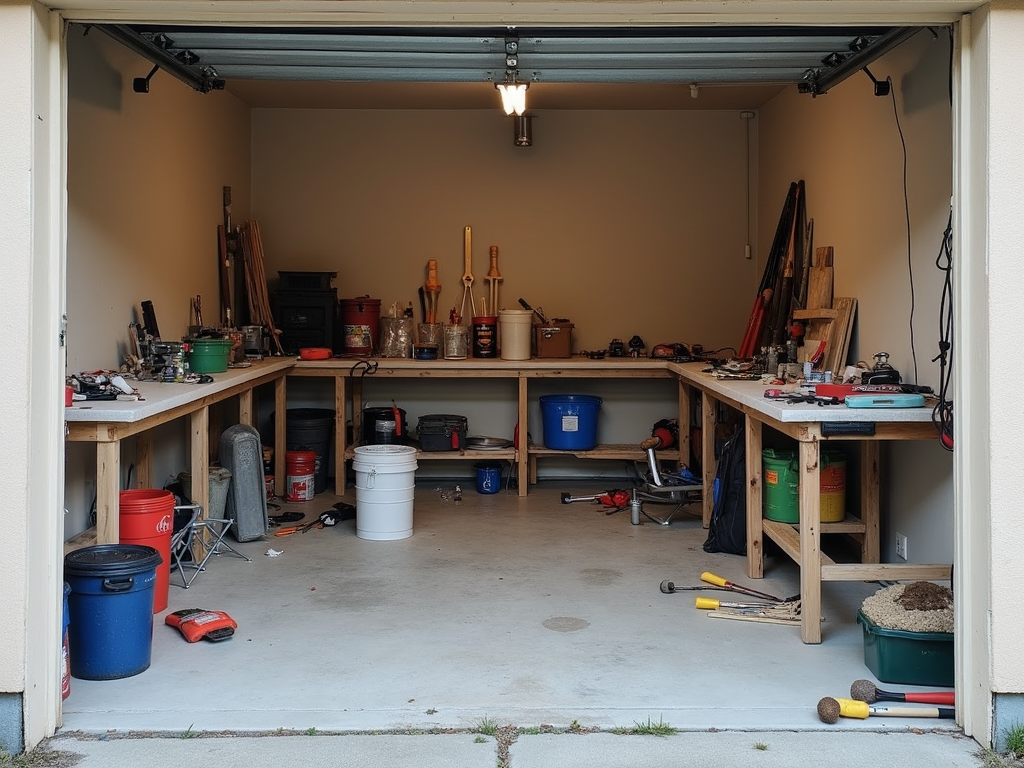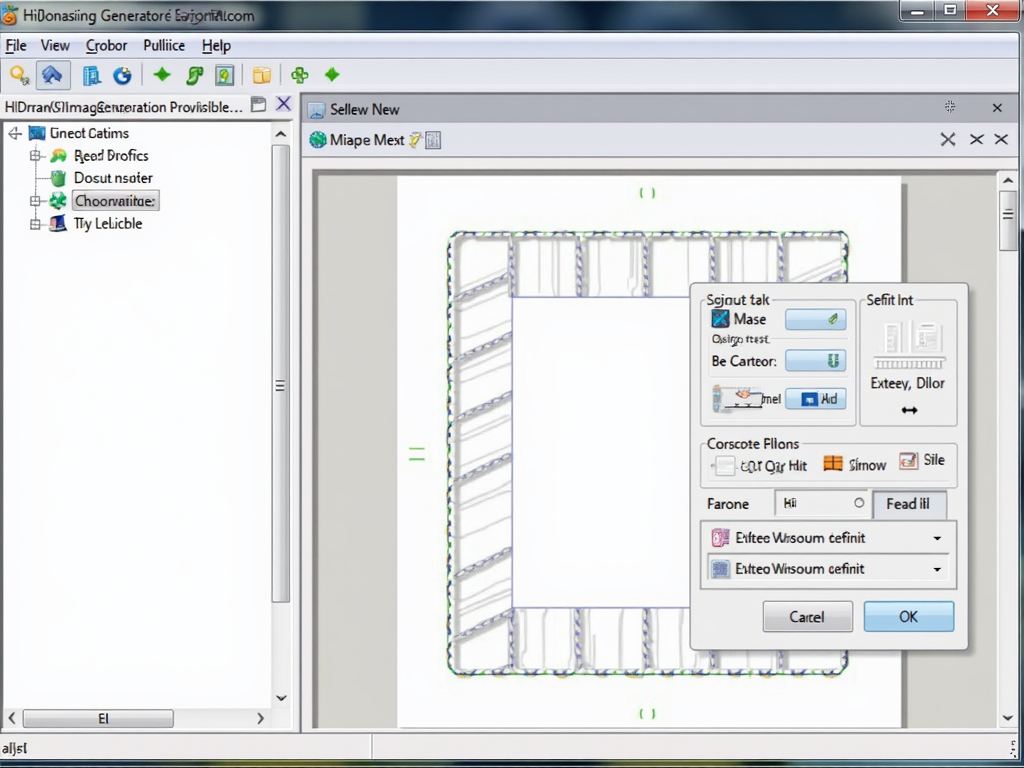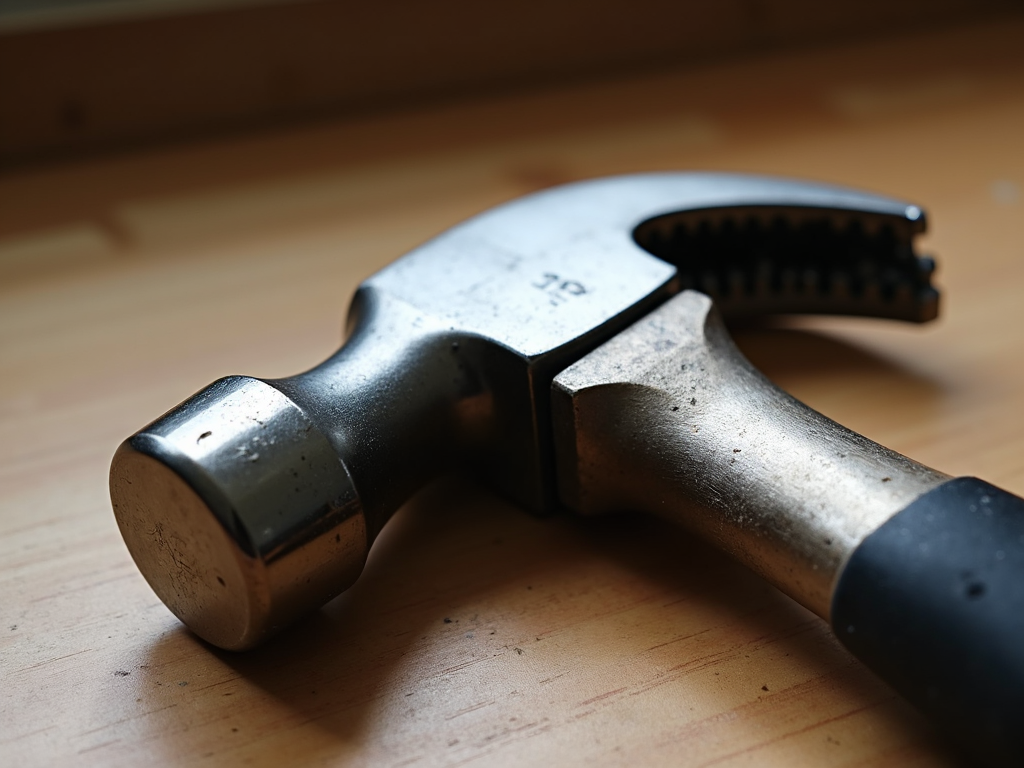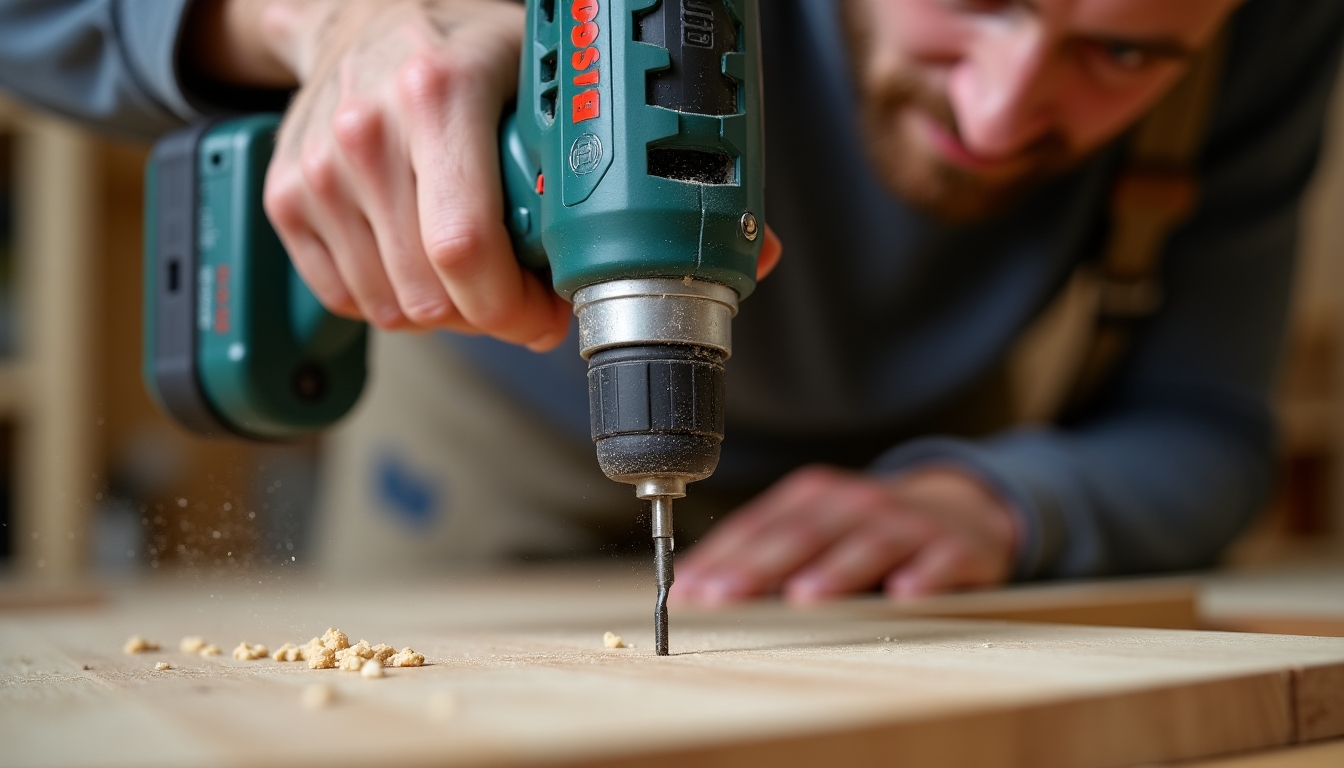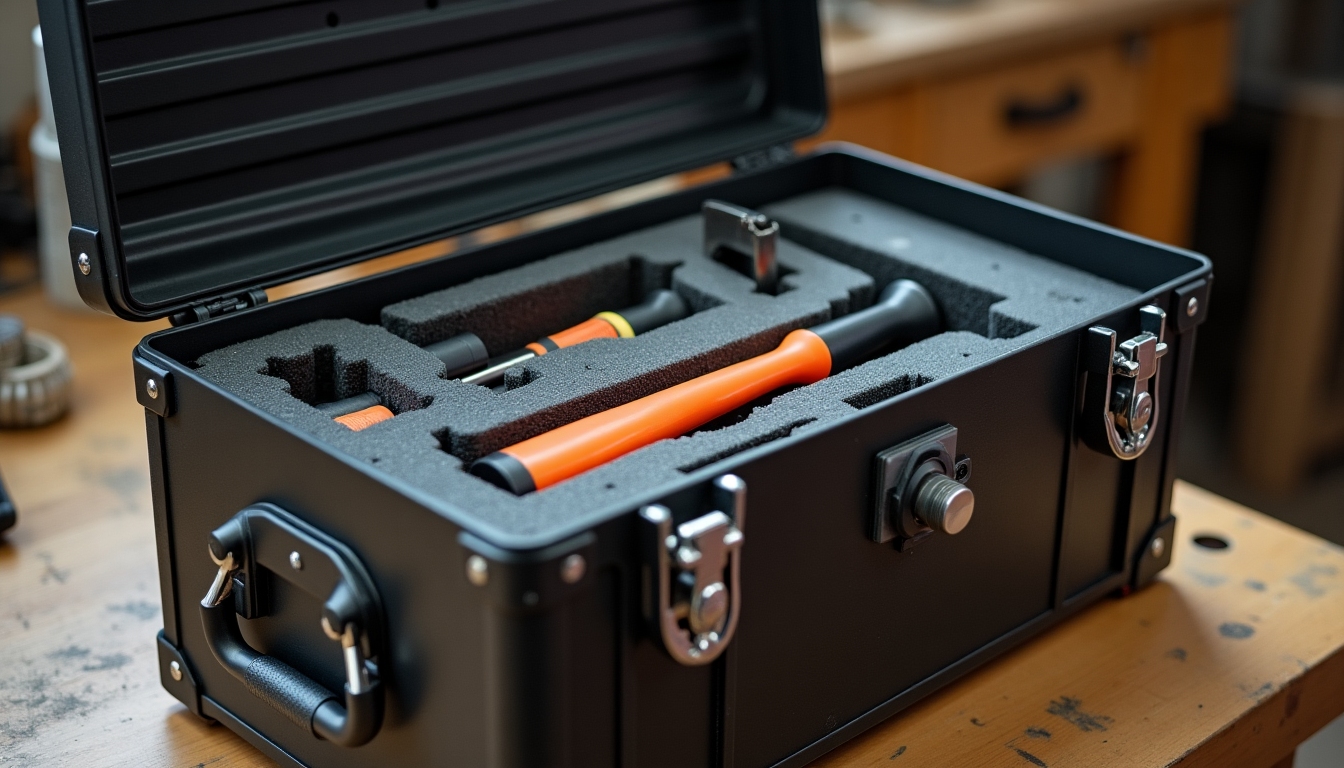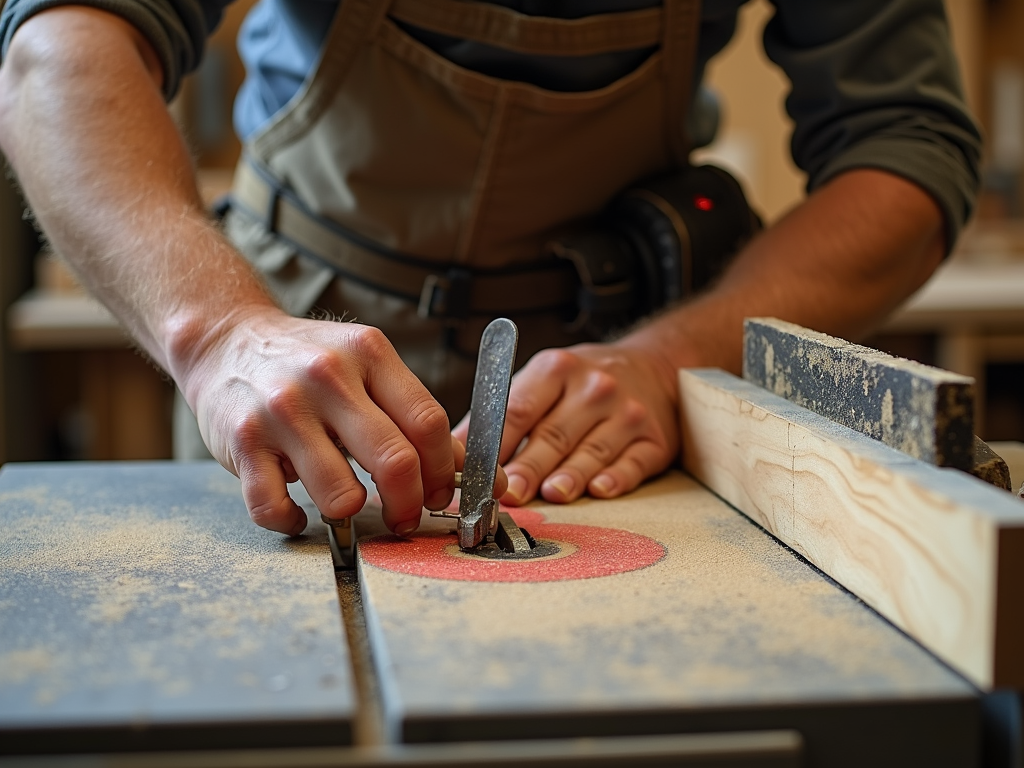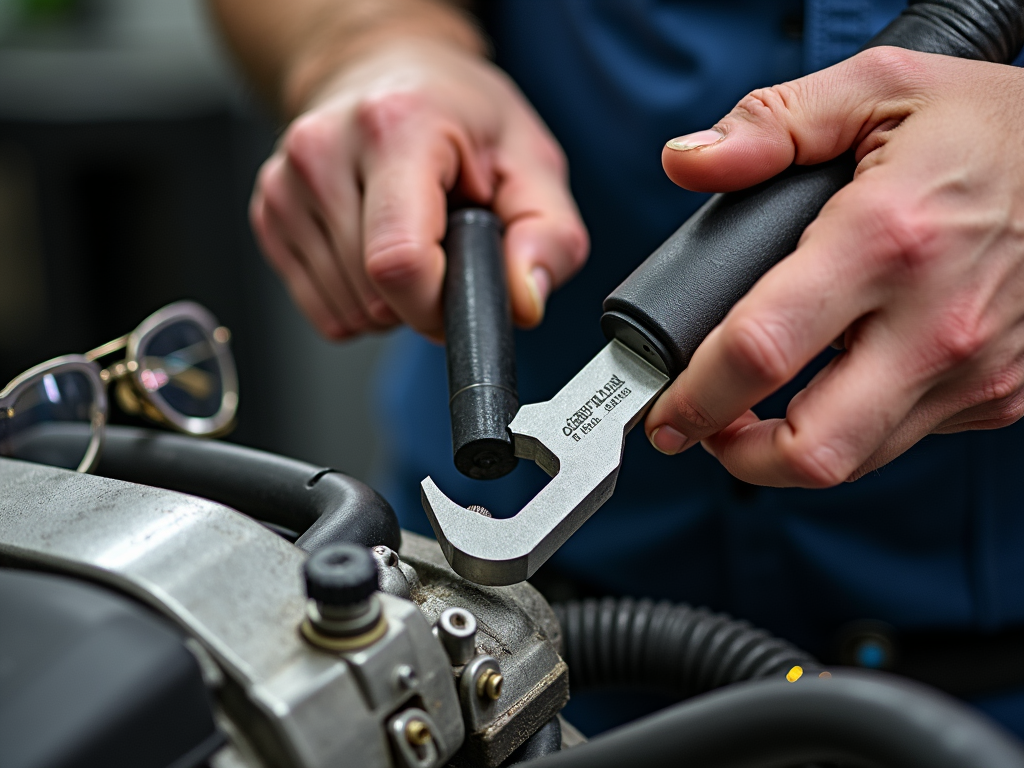Power tools have revolutionized the way we work, making tasks faster, easier, and more efficient. This article delves into the history of power tools, tracing their evolution from simple hand tools to the advanced devices we rely on today.
Introduction to Power Tools: Power tools are essential in construction, woodworking, and various DIY projects. They save time and effort, allowing us to achieve professional results with less physical strain. But how did these tools come to be? Let's explore their history.
Early History and Transition from Hand Tools: Before power tools, craftsmen relied on hand tools like hammers, saws, and chisels. These tools required significant physical effort and skill. The Industrial Revolution in the 18th and 19th centuries brought about mechanization, leading to the development of early power tools.
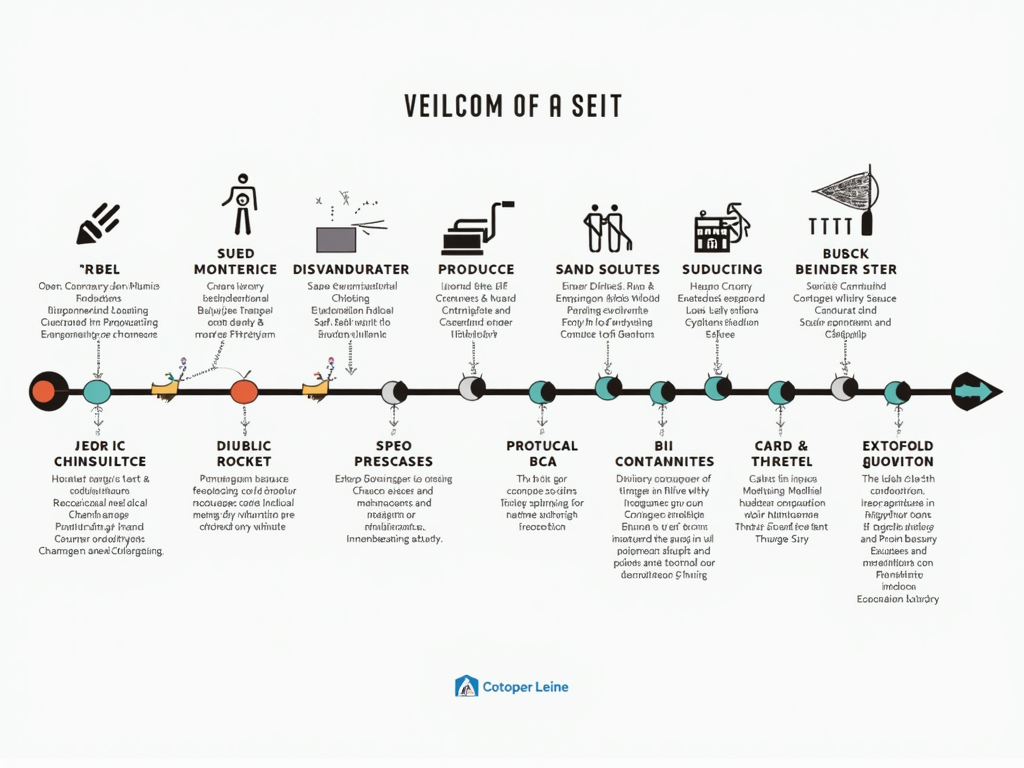
Key Inventions and Milestones: One of the first power tools was the steam-powered drill, invented in the early 19th century. However, it was bulky and not portable. The real breakthrough came in 1895 when German engineer Wilhelm Emil Fein created the first portable electric drill. This invention marked the beginning of modern power tools.
The Role of Companies like Black & Decker: Black & Decker, founded in 1910, played a pivotal role in popularizing power tools. In 1917, they introduced the first portable electric drill with a pistol grip and trigger switch, making it more user-friendly. This design became the standard for future power drills. Learn more about their history.
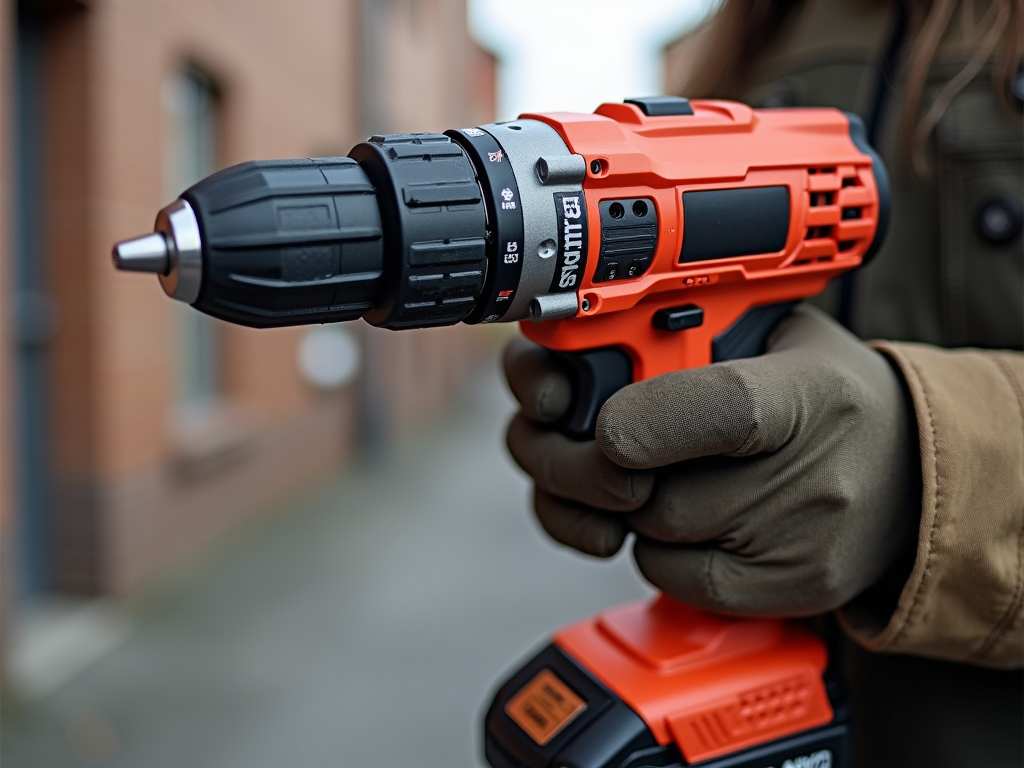
Technological Advancements and Their Impact: Over the years, power tools have seen numerous advancements. The introduction of cordless tools in the 1960s, powered by rechargeable batteries, offered greater mobility. More recently, brushless motors and smart technology have improved efficiency and functionality.
Current Trends and Future Outlook: Today, power tools are more powerful, ergonomic, and versatile than ever. Features like variable speed control, LED lights, and digital displays enhance user experience. Looking ahead, we can expect further integration of AI and IoT, making tools smarter and more connected. Read more about the future of power tools.
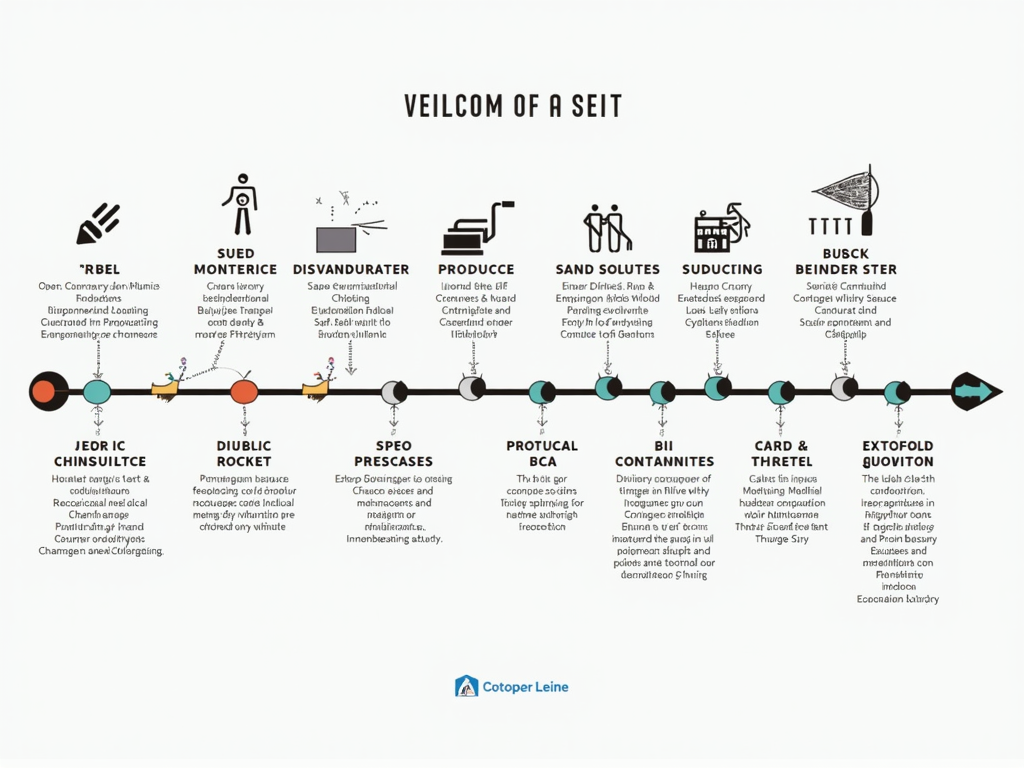
Personal Insights and Experiences: As someone who has used power tools for various projects, I can attest to their transformative impact. From building furniture to renovating homes, power tools have made complex tasks manageable. However, it's essential to choose the right tool for the job and prioritize safety.
Over the years, I've had the opportunity to work with a variety of power tools, each with its own strengths and applications. For instance, when I was building a deck, I relied heavily on a cordless drill for driving screws and a circular saw for cutting lumber. The cordless drill's portability was a game-changer, allowing me to move freely without worrying about power outlets.
Another memorable project was refinishing an old wooden table. I used an orbital sander to smooth the surface quickly and evenly, a task that would have taken hours with sandpaper alone. The sander's random orbital motion prevented swirl marks, resulting in a professional-looking finish.
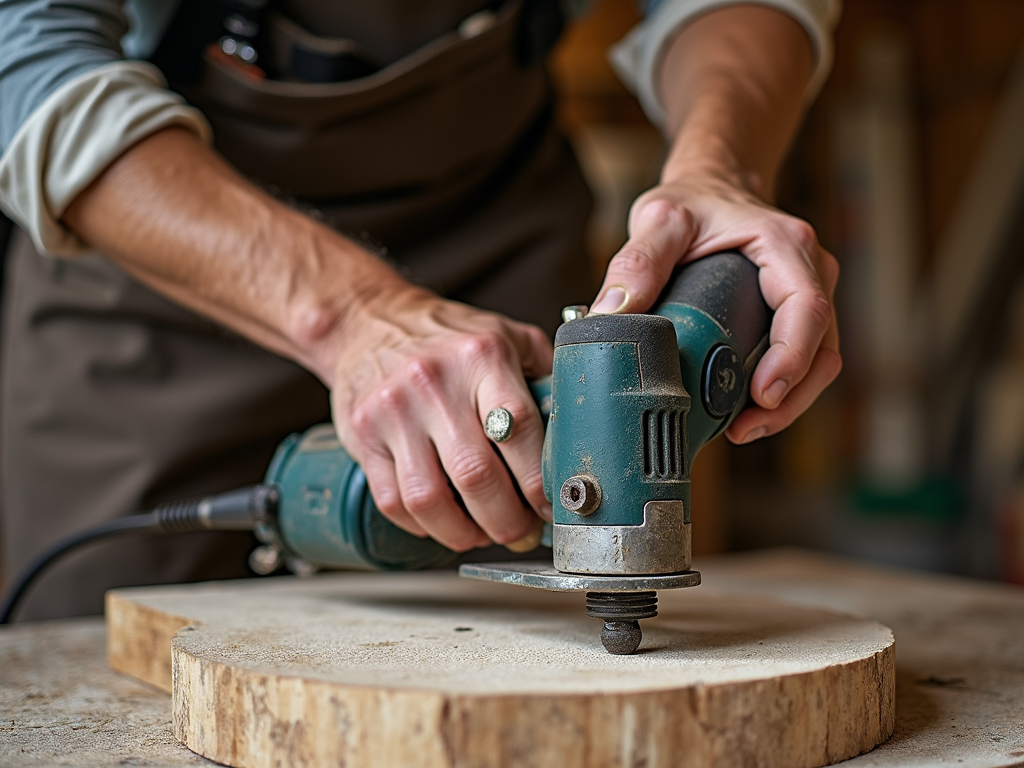
However, it's not all smooth sailing. I've also experienced the frustration of a drill bit breaking mid-project or a saw blade dulling prematurely. These setbacks taught me the importance of using the right accessories and maintaining tools properly.
One piece of advice I can offer is to always have a backup battery for cordless tools, especially for larger projects. There's nothing worse than having to stop work because your battery died. Also, consider investing in a tool with a brushless motor; they tend to be more efficient and have a longer lifespan.
Table: Comparison of Common Power Tools
| Tool Type | Primary Use | Power Source | Key Features |
|---|---|---|---|
| Drill | Drilling holes, driving screws | Corded, Cordless | Variable speed, clutch settings |
| Circular Saw | Cutting wood, metal, plastic | Corded, Cordless | Adjustable depth, bevel cuts |
| Jigsaw | Curved and intricate cuts | Corded, Cordless | Variable speed, orbital action |
| Sander | Smoothing surfaces | Corded, Cordless | Different grits, dust collection |
| Angle Grinder | Grinding, cutting, polishing | Corded, Cordless | Adjustable guards, spindle lock |
This table provides a quick overview of some common power tools, their uses, power sources, and key features. It's a handy reference for anyone looking to understand the basics of power tool selection.

Summary and Conclusion: The evolution of power tools is a testament to human ingenuity and the relentless pursuit of efficiency. From the first electric drill to today's high-tech gadgets, power tools have come a long way. As technology continues to advance, we can look forward to even more innovative tools that will shape the future of work.
Related Power Tool Evolution: A Detailed History:
- Mastering Small Space Organization: Tips for Workman Tools
- From Digital to Physical: Using HiDream Image Generator to Plan Your Rotary Tool Projects
- Top 10 High-Quality Workman Tools for Professionals
- Revolutionizing Workshops: What's New in Workshop Tech
- Selecting the Right Tools for Your Automotive Needs
- Hand Tools Storage Solutions: A Comprehensive Guide
- The Ultimate Guide to Cleaning Your Car with a Power Washer
- The Impact of AI on Factory Safety
- Advanced Table Saw Techniques for Woodworking
- Mastering Tool Organization in a Small Workshop: A Comprehensive Guide
- The Ultimate Guide to Tool Maintenance
- Safety Tips for DIY Auto Repair: A Comprehensive Guide
